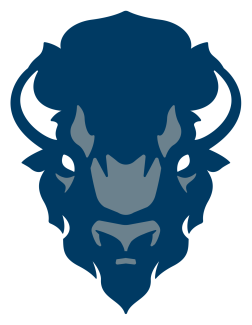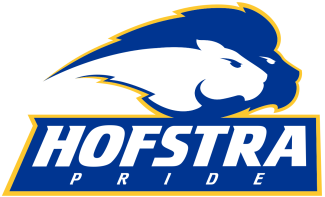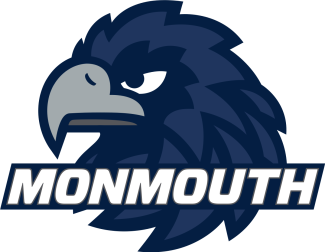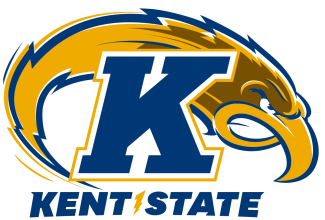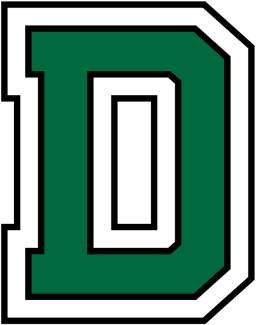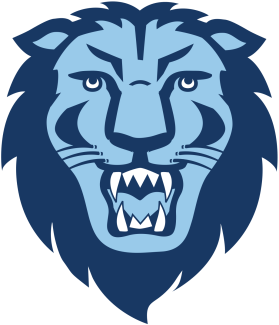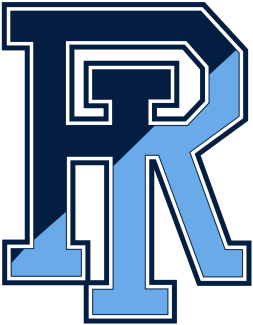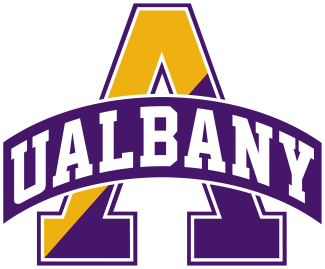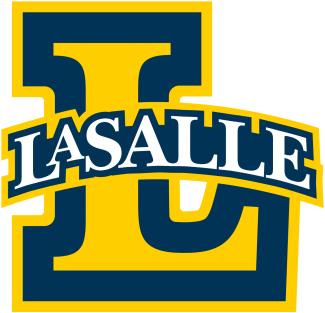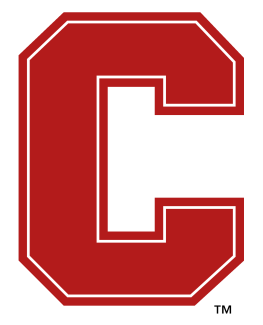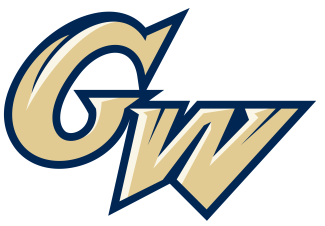Unanswered Questions
Mark Ellis sat in the corner of his podcast studio wearing a grey New York Lizards polo, glancing into the camera on his laptop. He was in the midst of a Zoom conversation with the children of Dutch Broadway Elementary School (N.Y.) about the Indigenous roots of lacrosse when his phone started to ring.
The room’s interior looked picture perfect. Ellis’s Hofstra jersey was visible over his right shoulder. His No. 34 Lizards jersey and gloves filled the frame to his left.
It was just past 10:30 a.m. Wednesday morning when his Lizards teammates started reacting to the news in their GroupMe chat. Ellis, still in his Zoom conversation, heard a series of “dings” and glanced at the chat to find out the PLL and MLL were merging.
He had not seen the email sent by Brown at 10:27 a.m., just minutes prior to the public announcement. He wasn’t alone among his MLL colleagues.
Reactions varied across the Lizards’ chat, but some were ominous.
“My career is over,” wrote one player.
“I’m done,” said another.
“What’s going on?” Ellis thought. “I'm like, ‘I guess there's no MLL anymore.’”
He kept his composure through the end of the Zoom talk and then quickly called his friend, Chad Tolliver. Together, the short-stick defensive middies talked about an uncertain future.
How would they get a look in a new league with fewer spots open?
Were MLL players still under contract?
How will an expansion draft work out, and will PLL players be protected?
Do we have futures in professional lacrosse?
Ellis and Tolliver made strides both on and off the field during the shortened 2020 season. They were half of the MLL Four, who pushed the league to address racial injustice throughout the week-long quarantined tournament.
Now, they received messages on Twitter offering kudos on a merger that could mean the end of the road for many MLL players.
“I'm like, ‘Dude, I have no idea what you're talking about. Congratulations on what?’” Ellis said. “I have nothing to be congratulated on. We're waiting for a boss to come tell us whether we will make a team and get an opportunity.”
“While we sit here and we praise this, there's a reality that a lot of dudes are going to hang up the cleats for the last time,” Tolliver said. “A lot of people who've done a lot of good things for this game in the MLL are going to be unemployed. That’s the future of lacrosse right now.”
Throughout the day, Ellis, Tolliver and members of the former MLL pondered their futures in which the number of outdoor professional lacrosse teams went from 13 to eight overnight. Even if rosters expand, there won’t be enough room to accommodate all former players.
“It's just going to make the league that much stronger, and it's going to make it that much harder for professional lacrosse players to make a roster, with an influx of, say, 20 guys that can take spots,” Soudan said.
Tolliver raised the point that PLL players will also have to fight to retain their spots with MLL stars like Lyle Thompson, Colin Heacock, Isaiah Davis-Allen and Dan Bucaro now in the same league. Add in what’s projected to be one of the deepest college drafts in professional lacrosse history in 2021, and the competition for roster spots may never be more intense.
“You don’t think some of those PLL attackmen are sh***ing themselves that Lyle Thompson is a free agent now?” Tolliver said. “[Those players] can play lacrosse. It’s just a matter of when and where.”
The anxiety was palpable throughout the day, as Tolliver and Ellis tried to cope with the end of an era. As much as both players wanted to put the news in perspective, it wasn’t an easy proposition.
As they did this summer, Ellis, Tolliver and other MLL players leaned on each other when the circumstances became difficult. Wednesday was no different.
“If we don’t get a call, life keeps going,” Tollver said.
“Yeah, absolutely,” Ellis replied. “I love it, but it won’t kill me.”
“Dude, you played at the highest level,” Tolliver said. “You played pro lacrosse. It sucked that the league folded, but you achieved what you wanted to achieve. If some coaches don’t think you’re their guy, then you can’t control that.
“The wheels have to keep turning.”













